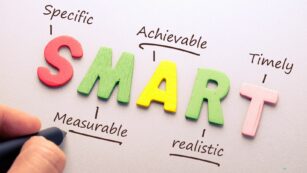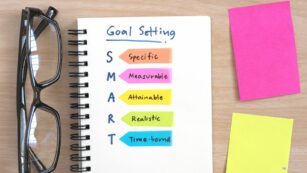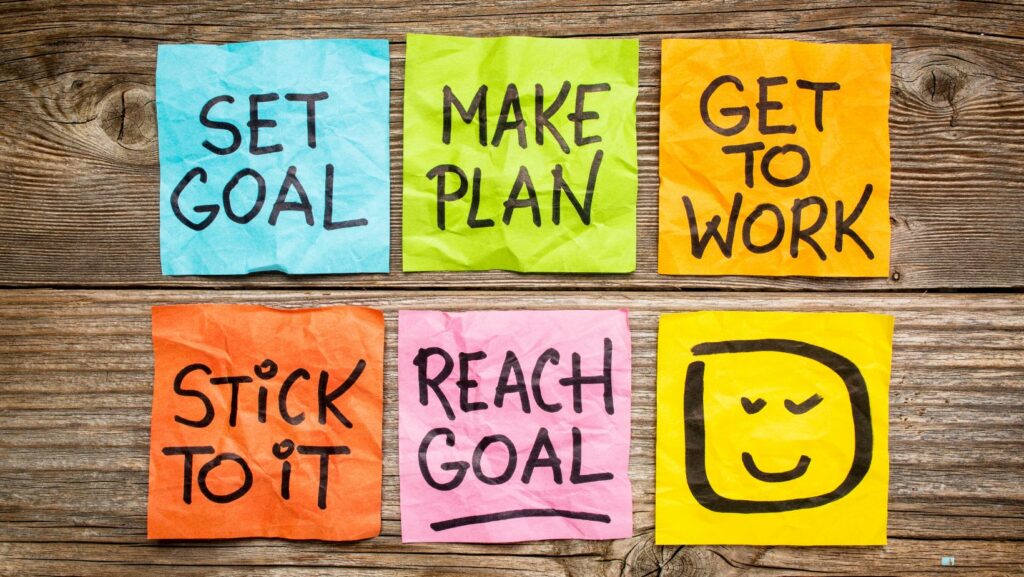In the bustling world of academia, where assignments stack up and extracurriculars clamor for attention, effective goal setting can be a student’s best ally. By defining clear, achievable objectives, students not only navigate their educational paths with more ease but also enhance their personal growth and academic performance. This strategic approach to learning and personal development empowers students to transform their aspirations into tangible successes.
Student Goal Setting
Effective goal setting plays a pivotal role in academic success, acting as the roadmap for students’ educational journeys. By setting clear goals, students can better manage their time, monitor their progress, and boost their motivation.
Why Goals Matter in Academic Achievement
 Student goal setting is crucial, providing focus and a sense benchmark against which they can measure their progress. When students set goals, they prioritize their activities, which helps them allocate their resources more efficiently. These targets make academic tasks less overwhelming by breaking them into manageable chunks, thus enhancing overall efficiency and reducing stress. Research from Virginia Commonwealth University supports that goal-setting enhances student outcomes through increased motivation and improved study tactics. Explicit goals increase students’ persistence and the sense of accomplishment they feel upon achieving set milestones, fostering a positive learning environment.
Student goal setting is crucial, providing focus and a sense benchmark against which they can measure their progress. When students set goals, they prioritize their activities, which helps them allocate their resources more efficiently. These targets make academic tasks less overwhelming by breaking them into manageable chunks, thus enhancing overall efficiency and reducing stress. Research from Virginia Commonwealth University supports that goal-setting enhances student outcomes through increased motivation and improved study tactics. Explicit goals increase students’ persistence and the sense of accomplishment they feel upon achieving set milestones, fostering a positive learning environment.
Long-Term Benefits of Goal Setting
The practice of setting goals offers several long-term advantages that extend beyond immediate academic performance. First, it cultivates essential life skills such as problem-solving, decision-making, and critical thinking. Students learn to anticipate potential obstacles and devise strategies to overcome them, skills valuable in both academic and career contexts. Additionally, goal setting instills a strong work ethic and discipline, traits that prove beneficial in the workforce. University of Scranton research indicates that individuals who explicitly make resolutions are ten times more likely to achieve their objectives compared to those who don’t. This discipline helps in developing resilience and adaptability, preparing students for future challenges and opportunities.
Types of Goals for Students
Short-Term vs. Long-Term Goals
 Short-term goals function as stepping stones that lead to the achievement of broader aspirations. Typically, these are objectives that students aim to accomplish within a few weeks to a year. Examples include completing a class assignment or achieving a specific grade in a test. Long-term goals, on the other hand, extend over a longer period, often spanning several years. Graduating with honors or mastering a second language are examples of long-term goals that require sustained effort and commitment. Students balance their short-term successes with their long-term plans, ensuring that each short-term achievement builds toward their ultimate objectives.
Short-term goals function as stepping stones that lead to the achievement of broader aspirations. Typically, these are objectives that students aim to accomplish within a few weeks to a year. Examples include completing a class assignment or achieving a specific grade in a test. Long-term goals, on the other hand, extend over a longer period, often spanning several years. Graduating with honors or mastering a second language are examples of long-term goals that require sustained effort and commitment. Students balance their short-term successes with their long-term plans, ensuring that each short-term achievement builds toward their ultimate objectives.
Academic, Personal, and Career Goals
Academic goals focus directly on educational achievements such as improving grades, excelling in a particular subject, or developing effective study habits. For instance, a student might set a goal to score above 90% in all math exams during the semester.
 Personal goals pertain to the development of personal attributes or skills that are not necessarily academic but still contribute to overall success. These might include enhancing time management skills, reducing stress through meditation, or engaging in regular physical exercise. Personal goals help students maintain balance, resilience, and well-being.
Personal goals pertain to the development of personal attributes or skills that are not necessarily academic but still contribute to overall success. These might include enhancing time management skills, reducing stress through meditation, or engaging in regular physical exercise. Personal goals help students maintain balance, resilience, and well-being.
Career goals involve planning for future professional life, which might mean exploring potential career paths, securing internships, or building a professional network. These goals are crucial as they provide direction and motivation, helping students to transition seamlessly from education to employment. An example of a career goal for a student could be to gain practical experience in their field of study through summer internships.
Common Mistups in Student Goal Setting
Students often encounter specific pitfalls when setting goals. Recognizing these can help in avoiding them:
-
Vague Goals: Goals that are too broad or poorly defined do not provide sufficient direction. “Get better at sports” is less effective than “join the school’s soccer team and attend all practice sessions.”
-
Setting Unrealistic Goals: Goals that are too ambitious can lead to frustration and decreased motivation. It’s more productive to set achievable goals that build upon each other.
-
Lack of Follow-Through: Without a plan for regular analysis and adjustment, goals are less likely to be met. Establishing regular check-ins to assess progress toward goals can prevent this issue.

